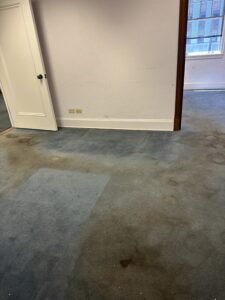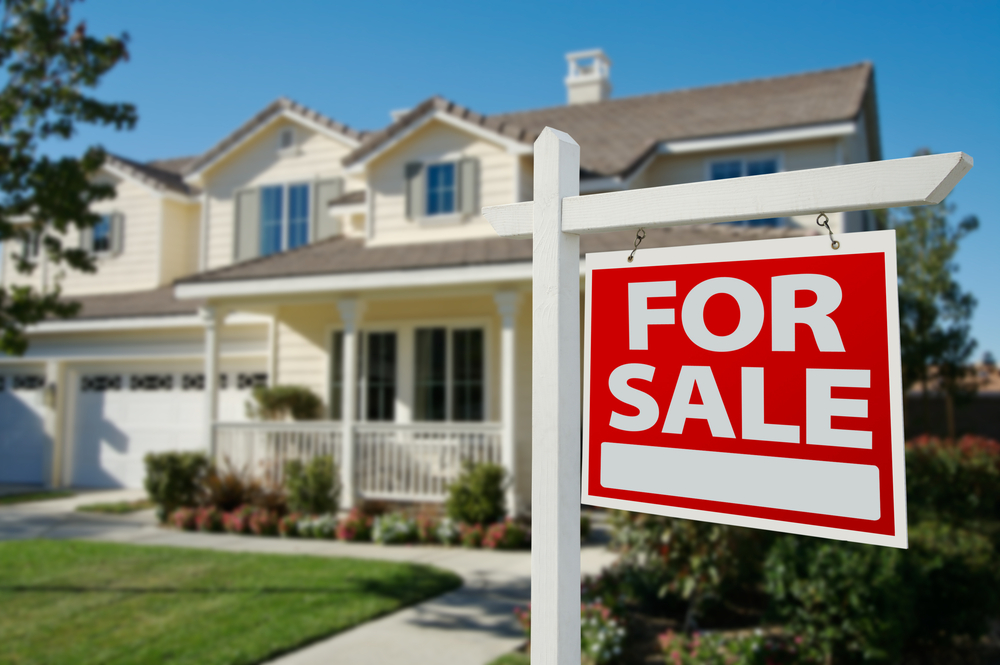
The Pros and Cons of Buying a Fixer-Upper
Introduction:
Buying a fixer-upper can be an appealing option for homebuyers seeking a property with potential and the opportunity to create their dream home. However, it’s important to carefully weigh the pros and cons before diving into a fixer-upper project. In this blog post, we will explore the advantages and disadvantages of buying a fixer-upper to help you make an informed decision.
Pros of Buying a Fixer-Upper:
- Lower Purchase Price: One of the primary advantages of buying a fixer-upper is the potential for a lower purchase price compared to move-in-ready homes in the same area. This can provide an opportunity to secure a property in a desirable location that may have otherwise been out of budget.
- Personalized Design and Customization: Buying a fixer-upper allows you to personalize and customize your home according to your preferences and needs. You have the freedom to choose materials, colors, and layouts, ensuring your home reflects your unique style.
- Potential for Increased Equity: Investing in a fixer-upper can be a strategic financial decision. By renovating and improving the property, you have the potential to increase its value significantly. This can result in built-up equity over time, providing a return on your investment.
- Creative and Rewarding Experience: For individuals who enjoy home improvement projects, buying a fixer-upper offers an exciting opportunity to showcase their creativity and skills. Taking a run-down property and transforming it into a beautiful home can be a fulfilling and rewarding experience.
- Possibility of Sweat Equity: By investing your own time and effort into renovations, you can potentially save on labor costs. This “sweat equity” can further contribute to the increased value of the property.
Cons of Buying a Fixer-Upper:
- Additional Time and Effort: Taking on a fixer-upper requires a significant investment of time and effort. Renovations and repairs can be time-consuming, especially if you plan to live in the property while working on it. Consider whether you have the availability and willingness to take on the necessary tasks.
- Unexpected Expenses: When dealing with older or neglected properties, there is a higher likelihood of encountering unexpected issues and expenses. Hidden structural problems, plumbing or electrical issues, or unknown damages may arise during the renovation process. Budgeting for potential surprises is essential to avoid financial strain.
- Financing Challenges: Securing financing for a fixer-upper can be more challenging than for move-in-ready homes. Traditional lenders may have stricter requirements and limitations on loans for properties in need of substantial repairs. Exploring alternative financing options, such as renovation loans or construction loans, may be necessary.
- Disruption to Daily Life: Living through renovations can be disruptive and inconvenient. Dust, noise, and limited access to certain areas of the house can impact your daily routine and quality of life. Consider whether you have alternative living arrangements during the renovation period.
- Skills and Expertise Required: Taking on a fixer-upper project requires a certain level of DIY skills or the ability to manage and coordinate contractors. If you lack the necessary expertise, you may need to rely heavily on professionals, which can increase costs.
Conclusion:
Buying a fixer-upper can be an exciting opportunity to create your dream home and potentially build equity. However, it’s important to consider the potential challenges involved. Assess your budget, available time, skills, and willingness to handle the demands of a renovation project. Careful consideration of the pros and cons will help you determine whether a fixer-upper aligns with your goals, lifestyle, and financial capabilities.
Celester Thomas
Company Blog – Soldier to Soldier Hawaii Realty




